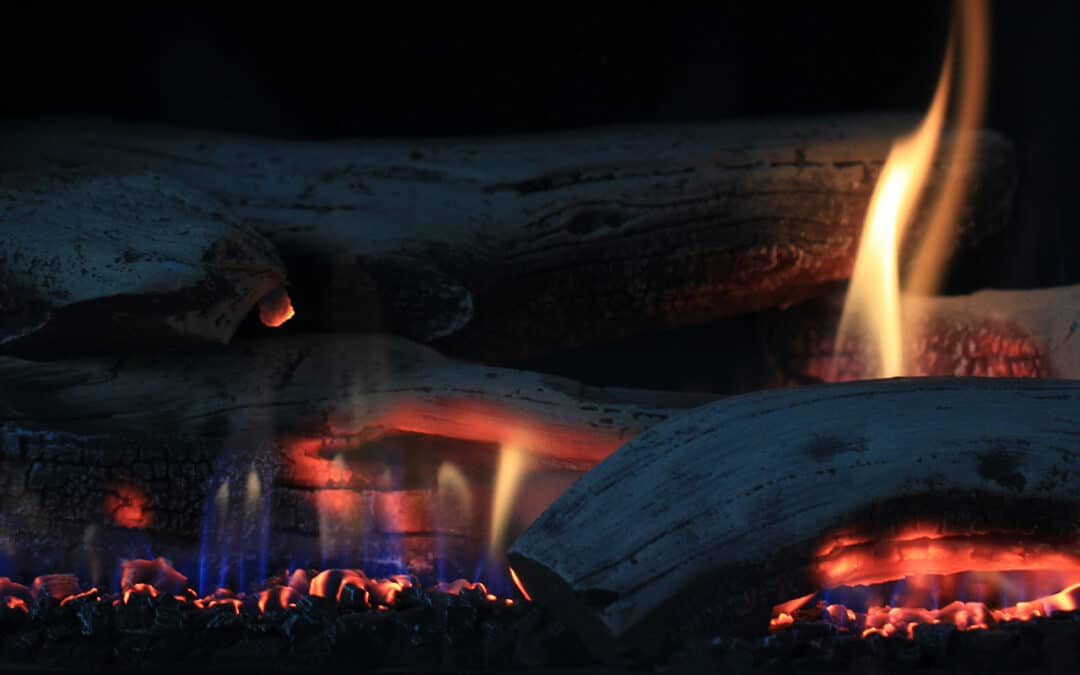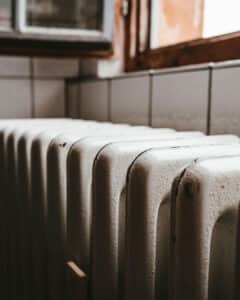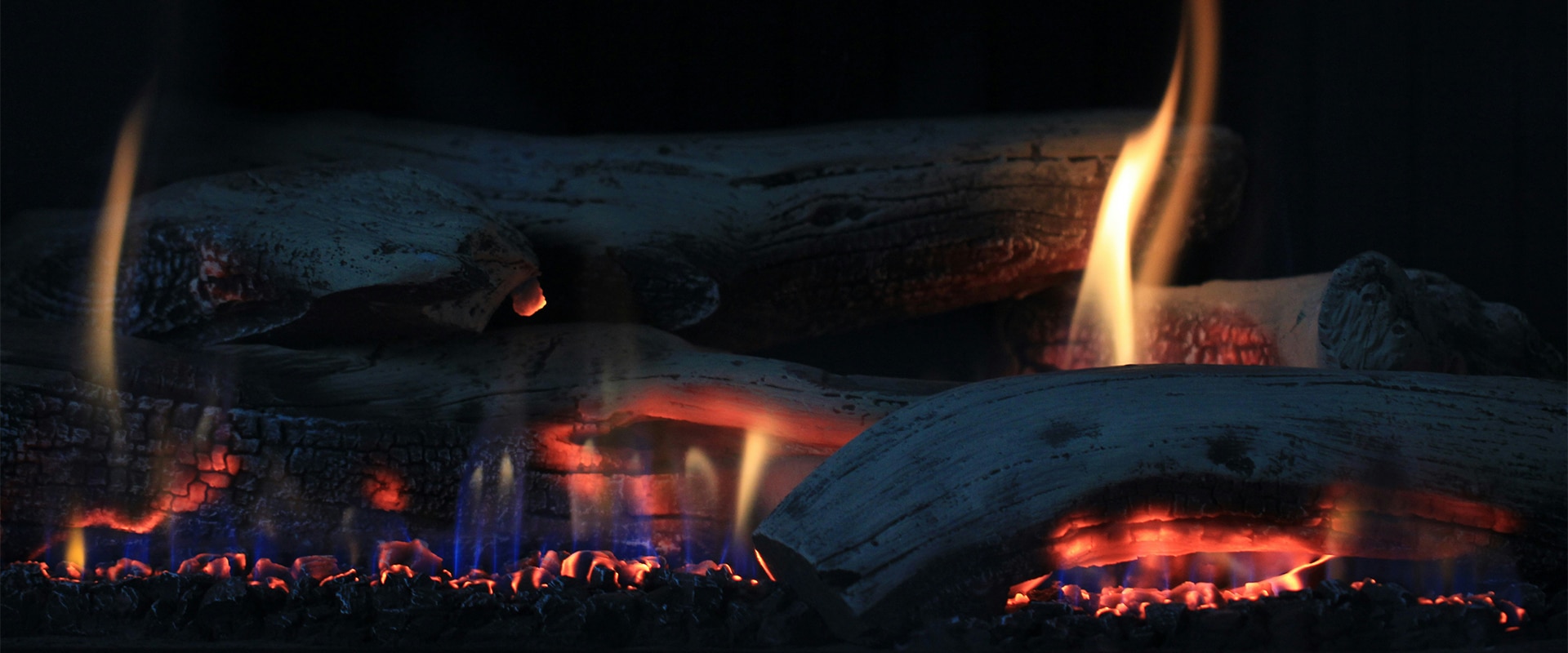The Quebec (and Canadian in general) winter is renowned for its harsh temperatures. An efficient heating system is therefore essential to ensure comfort and well-being in our homes. However, proper use and regular maintenance are crucial to optimize its energy efficiency, extend its lifespan, and prevent costly breakdowns. This article walks you through the best practices for using heating in the winter and the important steps for the complete inspection and maintenance of your air conditioning (and heating) system.
 Optimal use of heating in winter
Optimal use of heating in winter
Programming and thermostat
Using a programmable thermostat is a great way to control the temperature in your home (with electric heating or furnaces) and save energy. Set lower temperatures when you’re away or overnight. A decrease of a few degrees can significantly reduce your energy consumption. Ideally, a temperature between 16 and 18 °C is recommended for periods of absence or sleep. Maintain a consistent temperature when you are present. Avoid large temperature fluctuations, as this puts more strain on the system and consumes more energy. A temperature between 20 and 22 °C is usually comfortable. If your system allows it, use the heating zones. If you have a multi-zone heating system, you can heat only the rooms you use, which optimizes energy efficiency.
Optimization of heat distribution:
Clear heat sources. Make sure radiators, electric baseboards, or vents are not obstructed by furniture or curtains. This allows for better circulation of hot air. By reversing the direction of rotation of the blades, the ceiling fan (in winter mode) pushes the warm air accumulated in the ceiling downwards, which homogenizes the temperature of the room. Cold drafts can significantly affect the efficiency of your heating. Use weather stripping, door bottoms and caulking to minimize heat loss.
Other tips to save energy:
Lowering blinds or curtains at night adds an extra layer of insulation and reduces heat loss through windows. Wearing warm clothes indoors allows you to maintain a slightly lower room temperature without sacrificing your comfort. Cooking and using the dryer can generate heat. Enjoy it, but be sure to ventilate to avoid moisture build-up.
Inspection and complete maintenance of the air conditioning (and heating) system:
Although this article focuses on the use of heating in winter, it is crucial to emphasize the importance of preventive maintenance of the entire system, including air conditioning or electric furnaces, to ensure its proper functioning throughout the year. A well-maintained system performs better, consumes less energy, and has a longer lifespan.
Regular maintenance (do-it-yourself):
Replacing air filters is the simplest and most important maintenance. Dirty filters reduce airflow and force the system to work harder, which increases energy consumption. Replace the filters every 1-3 months, or more frequently if you have pets or allergies. Dust air vents and grilles regularly to ensure proper air circulation. For air conditioning and heat pumps in air conditioning mode, make sure the condensation exhaust duct is not clogged to avoid water damage and moisture problems.
Professional inspection and maintenance (by a qualified technician):
Annual professional inspection and maintenance is highly recommended. A qualified technician will perform the following tasks: checking the control circuit, inspecting thermostats, wiring and electrical connections; Refrigerant pressure reading (for air conditioning and heat pumps), refrigerant level checks, and leak detection; Component condition checks, compressor, condenser, reversing valve (for heat pumps) and evaporator inspections; thorough cleaning of the condenser and evaporator coils to optimize heat exchange; Checking the heating system such as the Electric furnaces, inspection of the burner, ventilation ducts, ignition system and safety devices; and finally, system calibration, adjusting system parameters to optimize its efficiency and yield.
Preparing the system for winter (and summer):
Covering the outdoor unit (air conditioner or heat pump) for the winter protects it from the elements and debris. Don’t forget to remove the protection in the spring. Before the cold weather arrives, check that the heating system is working properly. This helps to detect potential problems and prevent breakdowns in the middle of winter.
For a comfortable and worry-free winter
Judicious use of heating and regular maintenance of your air conditioning (and heating) system are essential to ensure your comfort, optimize your energy consumption and extend the life of your equipment. By following the advice in this article and calling on a qualified professional for the annual maintenance, you can ensure a comfortable and worry-free winter (and summer). Remember, preventative maintenance is a worthwhile investment in the long run.


 Optimal use of heating in winter
Optimal use of heating in winter

